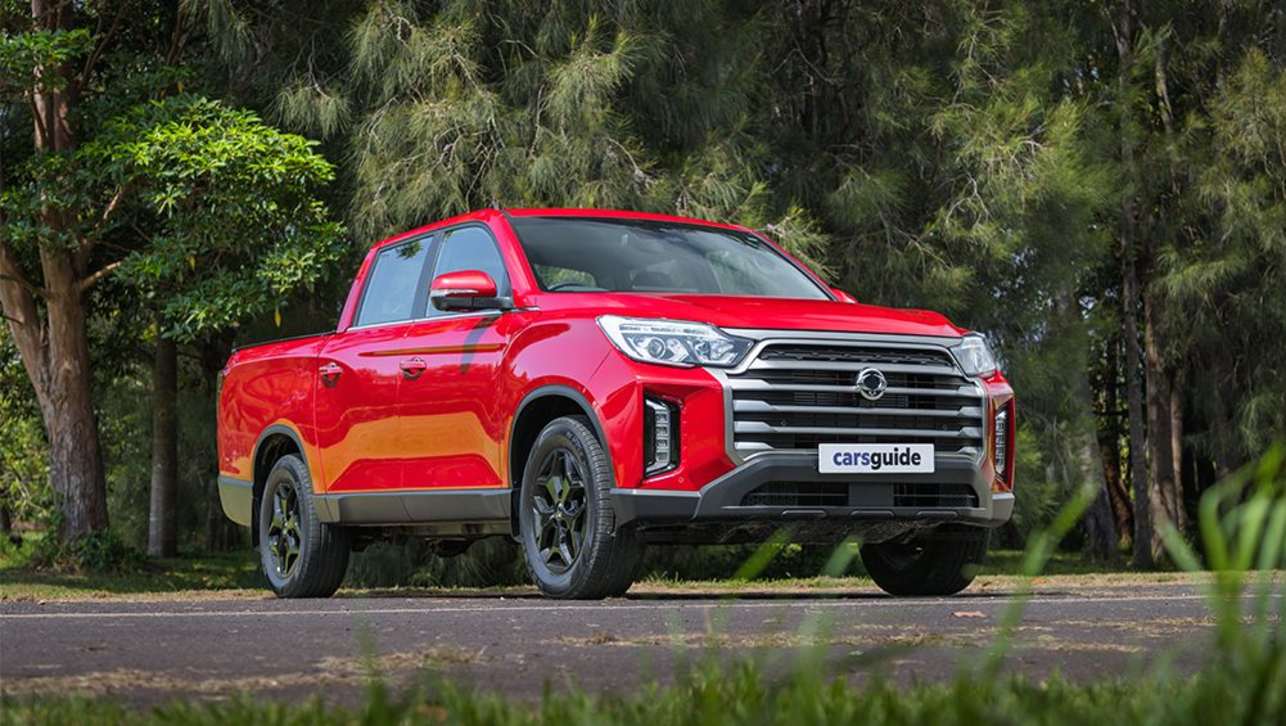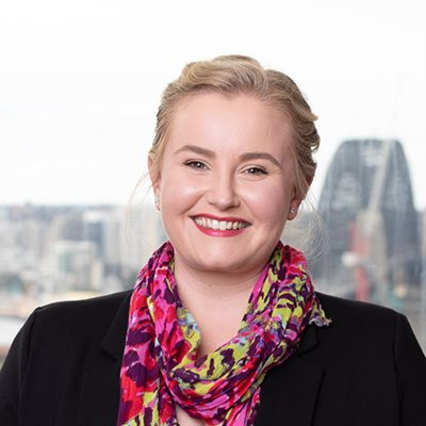Some households may find that buying a second car is superfluous to their needs, especially if they live close to reliable public transport. However, there is still demand for second cars, with the Australian Bureau of Statistics reporting in 2022 that 55.1 per cent of Aussie households had two or more vehicles.
If you’re thinking about purchasing a 2nd car, you need to consider its intended use. Is it going to be a work vehicle and only moonlight occasionally for other purposes? Like picking up the kids or ferrying a spouse around town every other weekend?
It may seem obvious, but if it’s a work vehicle, it needs to suit your employment. A tradesperson will get more use out of a ute or van than they would a small sedan. If you have to pick up kids or regular passengers, consider a dual-cab ute or a van with a second row of seats to accommodate.
If you’re searching for a second family car, consider whether your family will fit and what type of safety items are needed. If you still have kids in car seats, look at the width of the rear seat and how many top-tether anchor points it has.
The general safety kit, its ANCAP rating and how many airbags the car has will all be important factors. If you need a car with three rows of seats make sure the curtain airbags cover that row (not all of them do).
You should also plan on the secondary car occasionally moonlighting as the primary car; like when the primary car is in for servicing. Will it still be suitable for your needs?
What type of driving are you doing? Are you doing longer highway stints or mostly short urban trips? Finding a second vehicle that has excellent economy will be very important for keeping down your overall running costs.
And on that note, owning a second vehicle will literally double your expenses on items like insurance, fuel and maintenance. Not to mention the actual purchase cost and any associated interest if you don’t buy outright.
Spending $20,000 for the second vehicle and based on a personal fixed rate loan of five years at a 15.99 per cent p.a. interest rate, your weekly repayment will be $113.
An average comprehensive insurance quote for a 2017 station wagon with low kilometres comes in at around $1243.90 for a 35-year-old female driver living in Sydney, NSW.
According to the government website Fuel Check, the average cost of 95 RON unleaded petrol in NSW is 216.6c/L; based on a 67L fuel tank and a weekly fill, that’s an extra $145.12 in fuel costs per week or $7546.34 per year.
Let’s average the servicing cost at every 12 months and at $500 per service, which is a fair assumption for a larger vehicle.
That’s a weekly expenditure of up to $291.70 for the second car, without any random snafus (prangs anyone?) occurring or factoring in parking fees.
On paper, coming up with that sort of extra money every week may seem daunting and you may find yourself wondering if public transport or a ride service would be better suited. Providing you live in an area that provides one (or both) and the service scheduling suits your needs.
My friend lives in Matraville, NSW, and works in Double Bay, NSW. An Uber ride one-way costs nearly $50 on a weekday, without tolls. The commute time sits between 25 and 40 minutes, depending on the time of day. If you do a return trip for a five-day work week, that’s $500 in Ubers alone. That is not factoring any other travel, like shopping or social events – just to and from work. A bit pricey.
The same journey via the public system route with a combination of buses and trains will cost approximately $8 return but takes well over two hours for a round trip. Far more affordable, but you’re stuck with whatever scheduling Transport NSW has and you can’t choose your cabin-mates. You also add significantly to your daily commute time and let’s face it, time is money.
That second car isn’t looking too shabby, especially if you live in an area that doesn’t have a great public transport infrastructure. The best second car to buy will the one that best suits your needs. Make a list of your requirements, the non-negotiables as it were, and start searching from there.
Here is a snapshot of some cars that could easily be a second car.
Best second car for family
Model: SsangYong Musso
Overview: The top model has all of the safety gear and it’s worth the upgrade if your transporting kids. With a 3.5-tonne braked towing capacity, a cavernous cabin space and premium features – this is a hard one to beat.
Cost: From $37,700 drive-away
Best option for: families who also need a workhorse

Best compact car
Model: Toyota Corolla
Overview: Compact, sweet-looking design and easy to drive.
Cost: From $33,397 drive-away
Best option for: Those who don’t transport lots of passengers and don’t have a lot of garage space.

Best sedan
Model: Toyota Camry Hybrid
Cost: From $37,917 plus on-road costs
Overview: It’s popular with ride services and taxis for a reason. Hands down one of the best cars to drive, has low ongoing costs and has an efficient hybrid powertrain. In the top SL grade, you get decent tech and features, too.
Best option for: Those who need comfort, good people and luggage capacity and something reliable.
.jpg)
On another note, if you have young kids and you’re purchasing a second car, go have a look at car seats because you’ll be purchasing those, too. Make sure that the car seat you want will fit in the car - actually take it with you and try fitting it in!
The best car seat for a second car has to fit your needs. I’m hauling my monster harnessed booster seat in and out of my car every single week, multiple times a week, due to changing test vehicles and video shoots.
I’m obviously on the extreme end, but if you do move your seats around a bit, consider getting a car seat with an in-built locking clip for the seat belt.
My personal car seat is the Britax Safe-n-Sound b-grow ClickTight tex because I don’t have to fiddle around with a separate lock buckle or adjust the harness manually. It takes me two minutes to install and even quicker to adjust for my son’s rapidly growing height!



.jpg)

 copy.jpg)
.jpg)
.jpg)
.jpg)




.jpg)
.jpg)

.jpg)


.jpg)


.jpg)
.jpg)
_0.jpg)
.jpg)
.jpg)



.jpg)
Comments